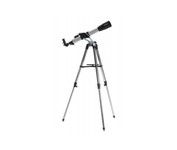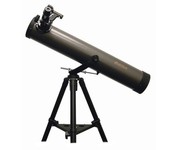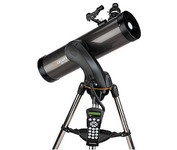Products reviews
Meade NG-60 (20200) (233 x 60mm) Telescope$50.00 to $79.00
Tags:meade, ng-60, 20200, 233, x, 60mm, telescope, | Galileo FS-80 Telescope$65.00 to $80.00
Tags:galileo, fs-80, telescope, | Celestron NexStar 130SLT (31145) (306 x 130mm) Telescope$359.00 to $450.00
Tags:celestron, nexstar, 130slt, 31145, 306, x, 130mm, telescope, |
Bushnell NorthStar 78-8845 (675 x 114mm) Telescope
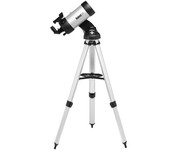
Our most powerfull, advanced technology reflector telescope with up to 675x magnification and massive 4 1/2 inch reflector mirror. "Goto" Computerized tracking technology. Red Dot LED finderscope. Remote hand-held control module. Camera adaptable. Quick release tripod. Kinematic mount. Accessory tray. 20,000 Object Onboard Starfinding Computer. 1.25" Format Eyepieces. Barlow Lens. A great starting telescope!Minimize
Meade LXD75AR-6 Telescope
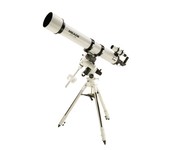
Diffraction-Limited Optics Meades Schmidt-Newtonian and Schmidt-Cassegrain optics yield pinpoint stellar images over an extremely wide field-of-view with only half the coma of standard Newtonians of the same focal ratio.
Meade Polaris 50 AZ-P Telescope
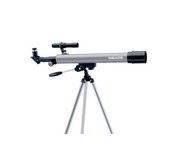
50AZ-P 2.0"/50mm Refractor Telescope Kit, 625mm f/12.5 Achromatic Refractor, Manual Altazimuth Mount
Meade LXD75 SN-8 AT (08047502) (500 x 203mm) Telescope
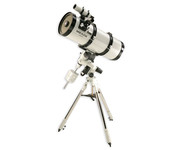
Meade LXD75 SN8-AT UHTC is an 8 inch Schmidt-Newtonian reflector type telescope with 812mm focal length and fast f/4 aperture and Meade Ultra High Transmission Coating, for 20% more image brightness over its non-UHTC sister model.
